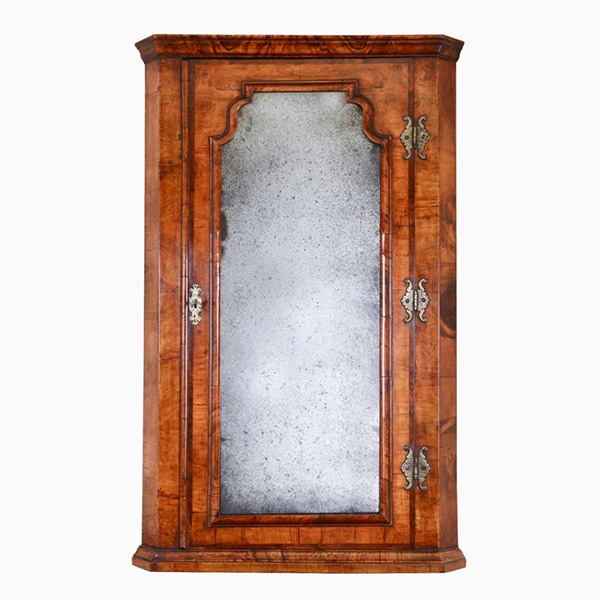Early 19th Century Grand Tour Framed Pulvinated Micro Mosaic of the Colosseum
Sold
Request Information
Follow Us
Early 19th Century Grand Tour Framed Pulvinated Micro Mosaic of the Colosseum
A fine and rare early 19th century framed grand tour pulvinated micro mosaic of the iconic Colosseum of Rome, Italy, in a period frame.
This is a most unusual micro mosaic as it is pulvinated, giving a three-dimensional view of the architectural colosseum.
It is likely that the tablet was framed in England once brought back from Italy in the early 19th century. No expense was spared with the frame having gilt inner moulding and veneered in tropical hardwood.
Undoubtedly, one of the most famous amphitheatres, the largest ever built was, and continues to be, a draw for tourists. During a gentleman’s Grand Tour, it was customary to bring back fine mementoes for either one’s own collection or as a gift demonstrating the breadths of one’s travels. This beautiful micro mosaic would undoubtedly have achieved its purpose and continues to provide enjoyment today.
Condition
Good. Wear consistent with age and use.
Dimensions
Height: 6 in. (15.24 cm)
Width: 7 in. (17.78 cm)
Depth: 1 in. (2.54 cm)
PREVIOUSLY SOLD
No Results Found
The page you requested could not be found. Try refining your search, or use the navigation above to locate the post.
No Results Found
The page you requested could not be found. Try refining your search, or use the navigation above to locate the post.
YOU MAY ALSO LIKE

Queen Anne Walnut Corner Cupboard with Bevelled Mirror Plate
A truly remarkable find in original condition. To the door a shaped soft bevelled mirror plate is framed by a cross-grain molding of typical queen Anne design which is further cross-banded, feather-banded and edged to the opening with a single de-molding.

Queen Anne Walnut Corner Cupboard with Bevelled Mirror Plate
A truly remarkable find in original condition. To the door a shaped soft bevelled mirror plate is framed by a cross-grain molding of typical queen Anne design which is further cross-banded, feather-banded and edged to the opening with a single de-molding.









